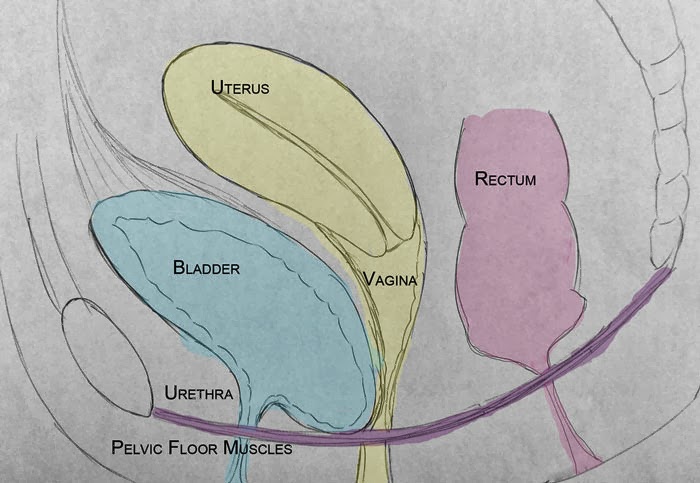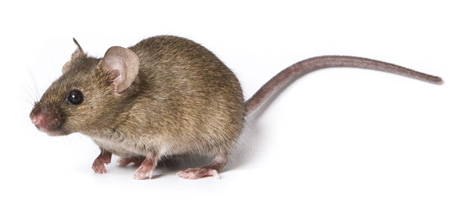Ozone is one of the lesser known indoor pollutants. However, as outdoor pollution and industrialization increases, indoor concentrations of pollutants such as ozone are also on the increase. This may be surprising since this oxygen related chemical is commonly known for its atmospheric role.
Ozone is Commonly Found Indoors
Most people know of the problems caused by the diminishing ozone layer. This atmospheric layer protects the earth from harmful radiation from the sun. What most people are unaware of, is that ozone can also be found indoors. Here it poses as a toxic pollutant significantly affecting the health of those exposed. Besides the known outdoor sources such as industrial stacks, there are also common indoor sources of ozone. These sources include commonly used copy machines, laser printers and ultraviolet lights. Another surprising source of ozone are oxygen generators. These commonly advertised systems add ozone to the indoor air under the precept of helping decrease indoor pollution, making it easier on people with compromised respiratory systems.
Ozone affects Human Health
Ozone is a colorless and highly reactive gas. Its chemical structure of three oxygen atoms (one more than the useful and safe oxygen) makes it highly reactive; it readily gives up its extra oxygen atom. This makes ozone a potent oxidant. It reacts with many of the important biomolecules that are found in the body disrupting normal processes. The colorless gas starts its assault on the human body once it is inhaled. It penetrates the bronchial walls effectively entering the sensitive pulmonary region. The result is an inflammatory response which can lead to pulmonary edema, hemorrhages and compromised lung function.
The first system that the ozone comes in contact with is the one mostly affected; the respiratory system. The respiratory system becomes compromised affecting lung function.
Removing Ozone from Indoors using Plants
There are several commercial air cleaners that can be purchased to remove ozone or lessen indoor pollution. The least expensive method may just be the use of indoor plants. In a published study, researchers studied the effect of ozone on three different common indoor plants; spider plant, snake plant and golden pothos. The results showed that the plants effectively reduced the ozone levels in the test chambers (Papinchak et al) However, even though indoor plants may serve to reduce some pollutants, it is still important to address the ozone source and remove it.
Ozone Generators used as Air Purifiers
Being highly reactive, ozone can theoretically be used to capture other harmful indoor pollutants. These air purifiers or ozone generators deliberately inject ozone into the air or directly into the body in an attempt to rid the body of pollutants. They are supposed to help asthma sufferers. Their use has been questioned since ozone is a known toxin (Ozone Generators that are Sold as Air Cleaners. (2009, April 1st). Retrieved January 2, 2010, from USEPA website).
Controlling indoor ozone levels is important, especially for people with compromised respiratory systems. People working with potential ozone sources should make sure the room is well ventilated.









